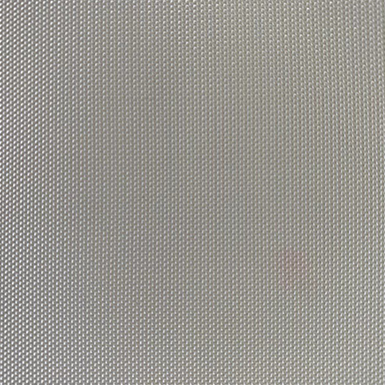Home / News / How have advancements in fiber woven fabrics revolutionized the textile industry, and what are the key benefits and applications of these fabrics?
How have advancements in fiber woven fabrics revolutionized the textile industry, and what are the key benefits and applications of these fabrics?
May 19,2023
Fiber woven fabrics also offer excellent breathability and comfort. The interlaced structure allows air to circulate through the fabric, promoting ventilation and moisture management. This makes woven fabrics a popular choice for apparel applications, including shirts, dresses, skirts, and trousers. The breathability of these fabrics helps regulate body temperature and provides a comfortable wearing experience, particularly in warm climates or during physical activities.
fiber woven fabrics offer a diverse range of textures, patterns, and finishes, providing endless design possibilities. Weavers can employ different weaving techniques, yarns, and fabric constructions to create various effects, such as twill, satin, plain weave, and jacquard. This versatility enables the production of fabrics with different weights, drapes, and surface appearances, catering to different aesthetic and functional requirements in fashion, interior design, and home textiles.
Advancements in fiber technology have further expanded the applications of woven fabrics. With the development of synthetic fibers like polyester, nylon, and polypropylene, woven fabrics can now possess enhanced characteristics such as water resistance, quick-drying properties, and increased strength-to-weight ratio. These advancements have opened doors for applications in outdoor gear, sportswear, swimwear, and performance textiles.
In recent years, sustainability has become a critical consideration in the textile industry. Fiber woven fabrics have responded to this demand by incorporating eco-friendly materials and adopting sustainable production practices. Organic cotton, recycled polyester, and natural fibers like hemp and bamboo are increasingly used in woven fabrics, reducing environmental impact. Additionally, innovative dyeing and finishing processes are employed to minimize water consumption and chemical usage, promoting sustainable and responsible manufacturing practices.
The versatility of fiber woven fabrics also extends to home textiles and interior design. From curtains and upholstery to bed linens and rugs, woven fabrics offer an array of options to enhance the aesthetics and functionality of living spaces. Their durability, colorfastness, and ability to withstand daily wear and tear make them ideal for creating long-lasting and visually appealing home furnishings.

.png)
 English
English 中文简体
中文简体















